Is it better to keep a freezer full or empty? What is the best thing to clean the inside of a fridge with?

Keeping your freezer in top-notch condition is not just about maintaining a tidy kitchen; it directly impacts the freshness of your frozen goods and the efficiency of your appliance.
In this exploration, we’ll delve into three crucial aspects: whether it’s better to keep your freezer full or empty, the best way to clean its interior, and how often you should embark on the cleaning endeavour. Let’s unravel the mysteries of freezer maintenance simply and practically.
Is it better to keep a freezer full or empty?
The age-old question of whether it’s better to keep a freezer full or empty is a common source of confusion for many. Let’s break it down.
Firstly, it’s important to know that freezers work more efficiently when they are full. When you have a freezer packed with frozen goodies, it retains cold temperatures better. The items inside act like a thermal mass, which means they help to keep the temperature low, even when you open the freezer door. Think of it as a cosy blanket for your frozen treats.
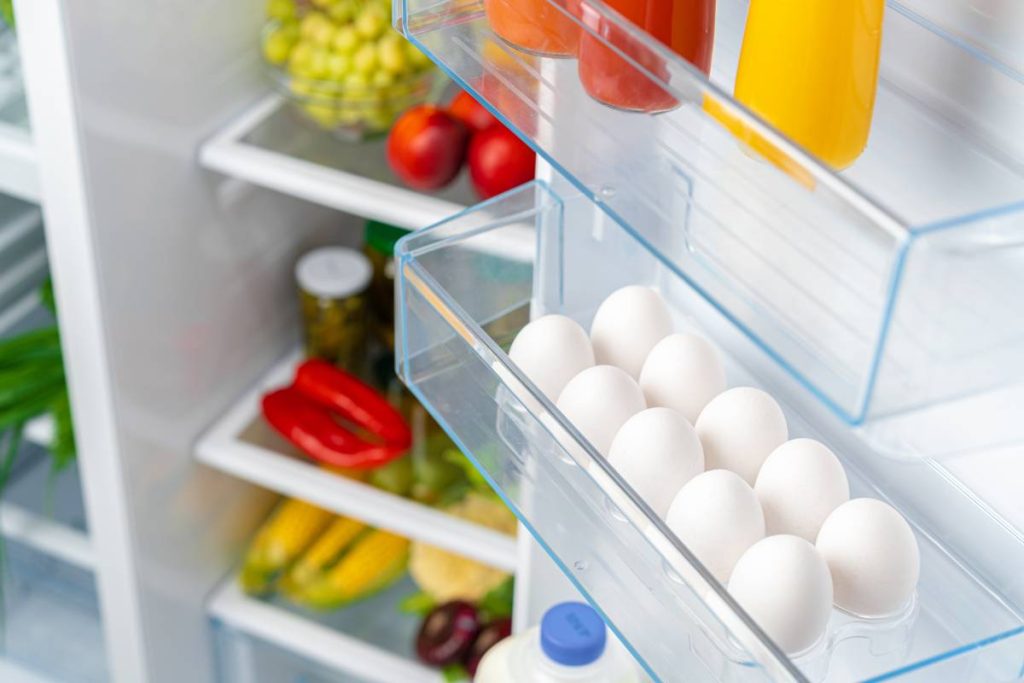
On the flip side, an empty freezer has more air space, and air is a poor conductor of cold. This means that the appliance has to work harder to maintain a chilly atmosphere. A fuller freezer, with its thermal mass, reduces the workload on the freezer, making it operate more efficiently.
But, there’s a catch. It’s not just about quantity; it’s also about quality. While a full freezer is more efficient, an overstuffed one can hinder airflow. Good airflow is essential for maintaining an even temperature throughout the freezer. If the air can’t circulate properly, some areas may become colder than others, leading to uneven freezing and potential freezer burn on your food.
So, the key is to strike a balance. Keep your freezer reasonably full to benefit from the thermal mass, but avoid cramming it so full that the air can’t circulate. This Goldilocks zone ensures your freezer operates efficiently without compromising on the quality of your frozen goods.
Another aspect to consider is energy efficiency. When your freezer is fuller, it doesn’t need to work as hard to stay cold. This means it consumes less energy, which is good news for your electricity bill and the environment. An empty freezer, on the other hand, may cycle more frequently as it struggles to maintain the desired temperature.
In conclusion, the sweet spot for freezer efficiency is a well-filled but not overcrowded freezer. This allows for optimal thermal mass to keep temperatures stable and promotes good airflow for even freezing. Plus, it helps save on energy costs.
As a practical tip, consider using items like water bottles or ice packs to fill empty spaces in your freezer if you don’t have enough food to keep it reasonably full. This not only helps with efficiency but also ensures that you’re making the most of the available space.
In the grand debate of full versus empty, the answer lies in finding the right balance for your freezer – not too full, not too empty, but just right. So, go ahead, organize your frozen treasures, and let your freezer work its chilly magic efficiently.
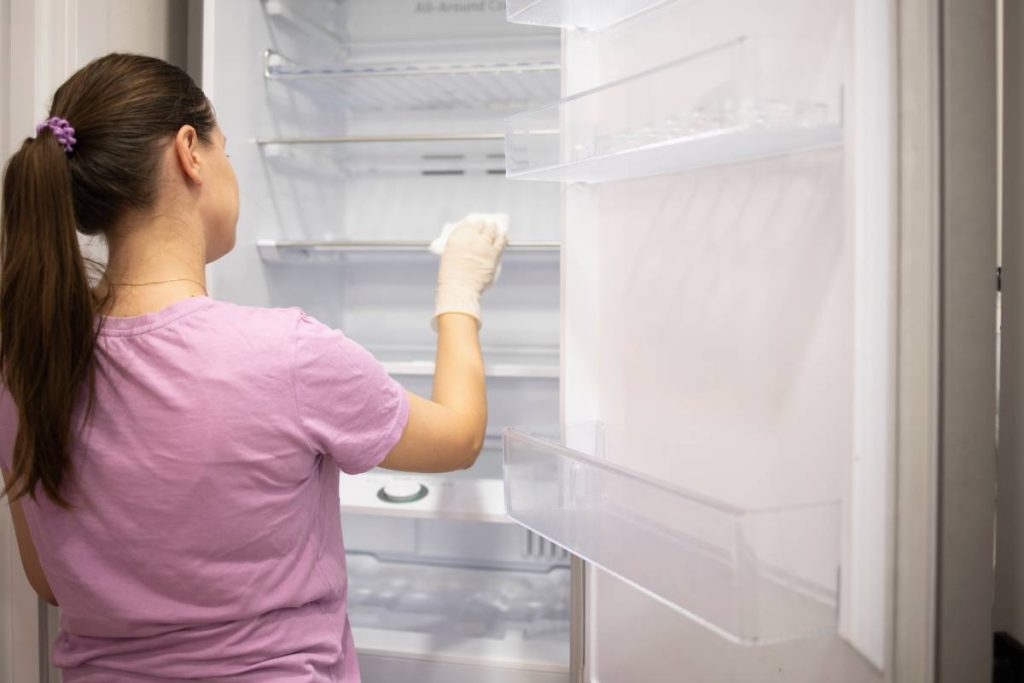
What is the best thing to clean the inside of a fridge with?
Keeping the inside of your fridge clean is essential for maintaining a healthy and fresh environment for your food. When it comes to cleaning the inside of a fridge, the best thing to use is a simple mixture of mild soap and water. Let’s dive into why this is the go-to solution and how to make your fridge sparkle without much hassle.
Mild soap, such as dish soap, is a gentle yet effective cleaner. It helps break down spills, stains, and food residues without leaving behind any harmful residues that might come in contact with your food. Choose a mild, fragrance-free soap to avoid any lingering scents inside your fridge.
Here’s a step-by-step guide on how to clean the inside of your fridge with soap and water:
- Empty the Fridge: Start by removing all the food items from the fridge. This not only makes it easier to clean but also allows you to check for any expired or spoiled items that need to be tossed.
- Make a Soapy Solution: In a basin or a large bowl, mix a few drops of mild soap with warm water. You don’t need anything fancy; a basic soap-and-water solution works wonders.
- Remove Shelves and Drawers: Take out any removable shelves, drawers, and bins from the fridge. This ensures that you can clean every nook and cranny of your fridge.
- Wipe Surfaces: Dip a soft cloth or sponge into the soapy solution and start wiping down the interior surfaces of the fridge. Pay extra attention to spills and sticky spots. For stubborn stains, you can let the soapy water sit for a few minutes before wiping.
- Clean Shelves and Drawers: Wash the shelves and drawers in the soapy water, ensuring you clean both sides. Rinse them thoroughly and let them air dry before placing them back in the fridge.
- Dry the Interior: After wiping down all surfaces, use a clean, dry cloth to remove any excess moisture. This step prevents the growth of mould and mildew inside the fridge.
- Return the Food: Once the interior is dry, put back the food items, organizing them neatly. Take this opportunity to check expiration dates and dispose of anything past its prime.
Remember to avoid using harsh chemicals or abrasives inside your fridge, as these can leave behind residues that may come into contact with your food. Also, steer clear of strong-smelling cleaning agents, as the scent may transfer to your food.
Regular cleaning, ideally every three to six months, helps maintain a hygienic fridge environment and ensures that your food stays fresh. Using a mild soap and water solution can help you not only keep your fridge sparkling clean but also create a safe space for your groceries. So, grab that soap, and a sponge, and get ready to give your fridge the TLC it deserves!
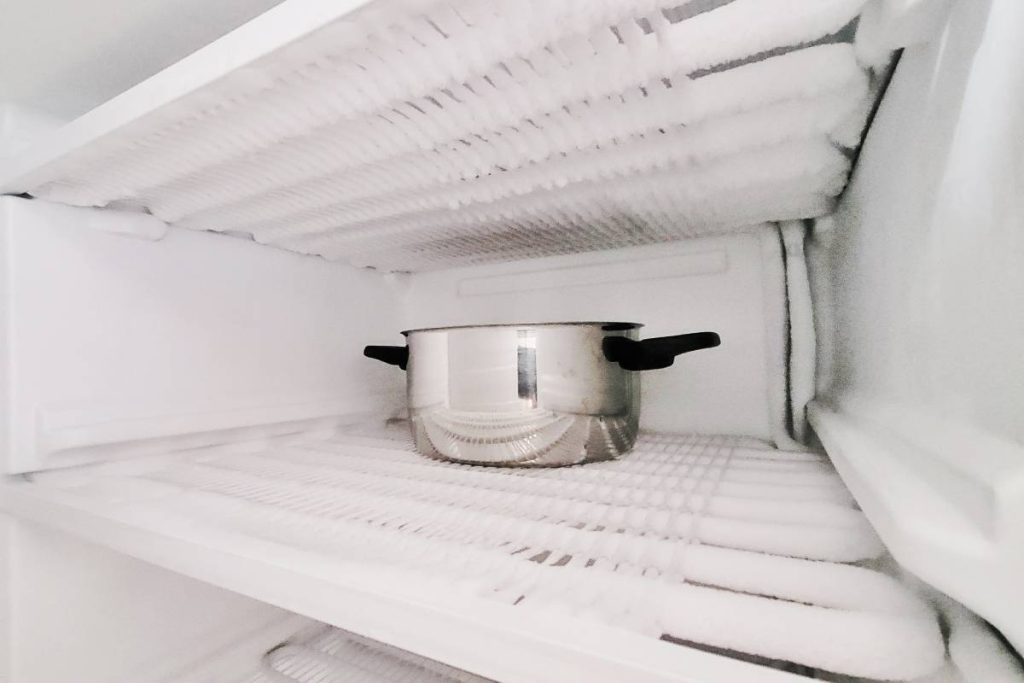
How often should you clean the freezer?
Cleaning your freezer is a crucial task to keep it running efficiently and ensure your frozen goods stay fresh. The frequency of cleaning depends on several factors, but a general rule of thumb is to clean your freezer at least once every three to six months. Let’s explore why regular cleaning is essential and how you can make this task manageable.
- Preventing Ice Buildup: Over time, freezers can develop ice buildup, especially in manual-defrost models. This can affect the freezer’s ability to maintain a consistent temperature, leading to increased energy consumption and potential damage to the appliance. Regular cleaning helps prevent excessive ice accumulation and keeps your freezer functioning optimally.
- Eliminating Odors: Freezers can sometimes develop unpleasant odours due to food spills, freezer burns, or lingering smells from different items. Cleaning your freezer regularly helps eliminate these odours, creating a fresh and hygienic environment for your frozen foods.
- Ensuring Food Safety: A clean freezer is essential for food safety. Regular cleaning helps you identify and discard expired or freezer-burned items, reducing the risk of consuming spoiled food. It also prevents the transfer of odours between different food items, ensuring that everything in your freezer tastes as it should.
- Improving Energy Efficiency: A clean freezer operates more efficiently. When ice accumulates or if the freezer is overloaded with frost, it has to work harder to maintain the desired temperature. This increased workload can lead to higher energy consumption. Regular cleaning helps maintain optimal conditions, promoting energy efficiency and potentially saving you money on your electricity bill.
Conclusion
In the grand scheme of kitchen management, understanding the dynamics of a well-maintained freezer is the key to preserving both your food and your peace of mind. Whether you’ve discovered the sweet spot of a not-too-full, not-too-empty freezer, learned the art of cleaning with a mild soap solution or established a routine for regular maintenance, the benefits extend beyond cleanliness.
A properly cared-for freezer is a testament to a healthier kitchen, more efficient energy use, and, most importantly, the assurance that your frozen treasures remain as fresh as the day they entered the icy haven. So, armed with the knowledge of freezer wisdom, let’s embark on the journey of keeping our frozen delights in the best possible state.
Recent Posts
Recent Comments

How to Get Rid of Ants in Your Lawn: A Complete Guide
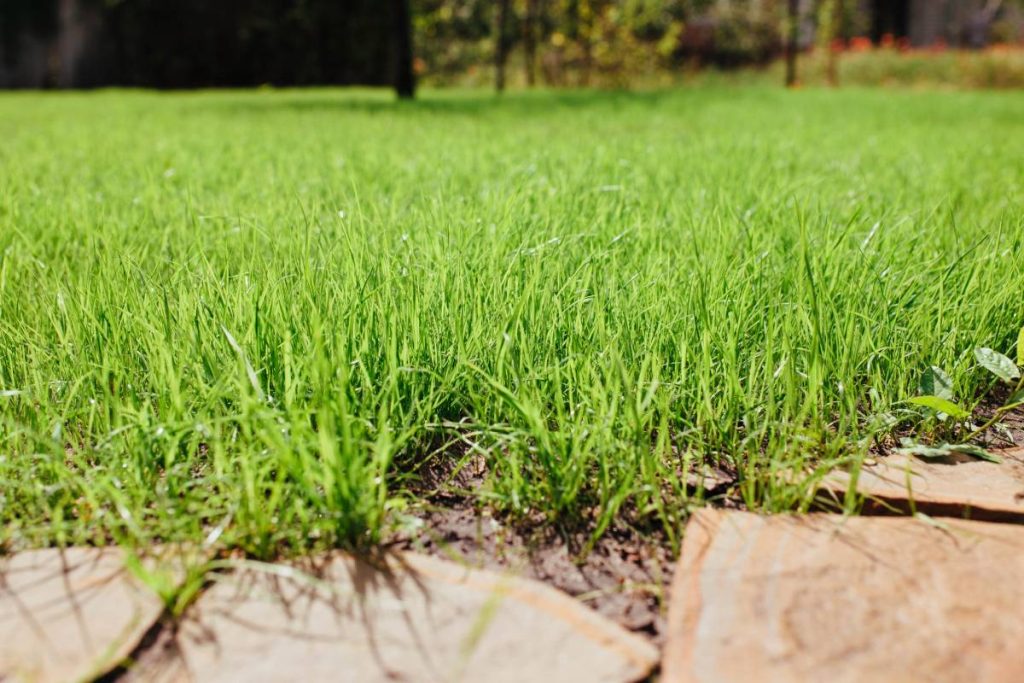
Couch Grass vs. Kikuyu: Effectively Managing Growth in Sydney

Why Does My Wood Floor Feel Hollow? Can I Fix the Hollow Spot in the Wood Floor Myself? How Much Does It Cost to Fix a Hollow Spot in My Wood Floor?
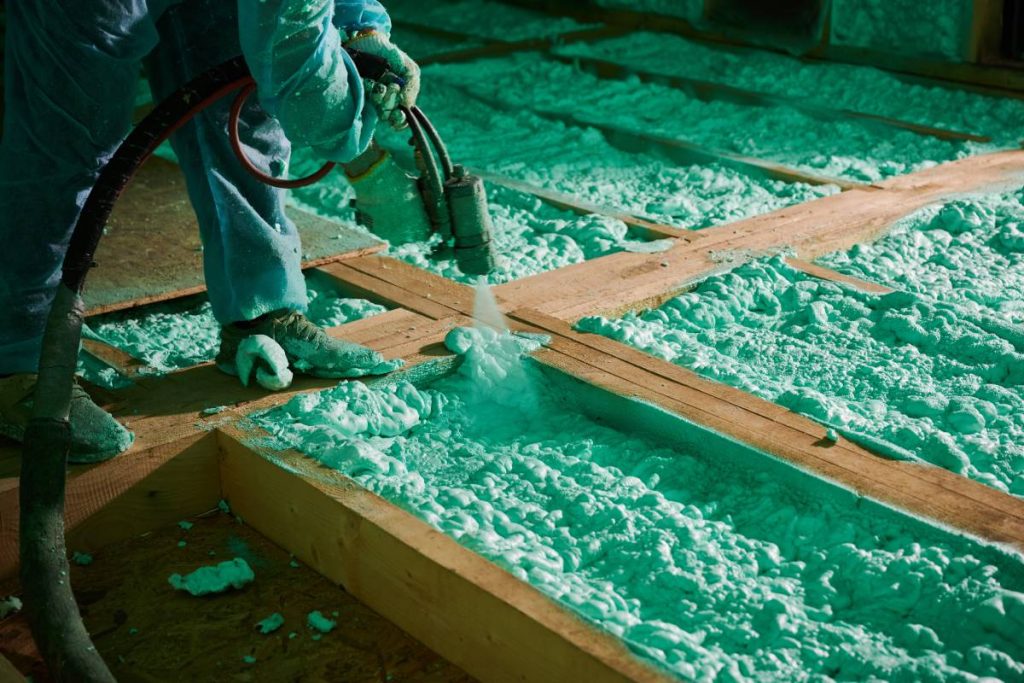
What is spray foam insulation? How much does underfloor insulation cost in Australia?

What Are Tree Reductions? What Are the Benefits of Tree Reduction?

Can You Transport Your Yacht Interstate Yourself?

How to Get Rid of Ants in Your Lawn: A Complete Guide


